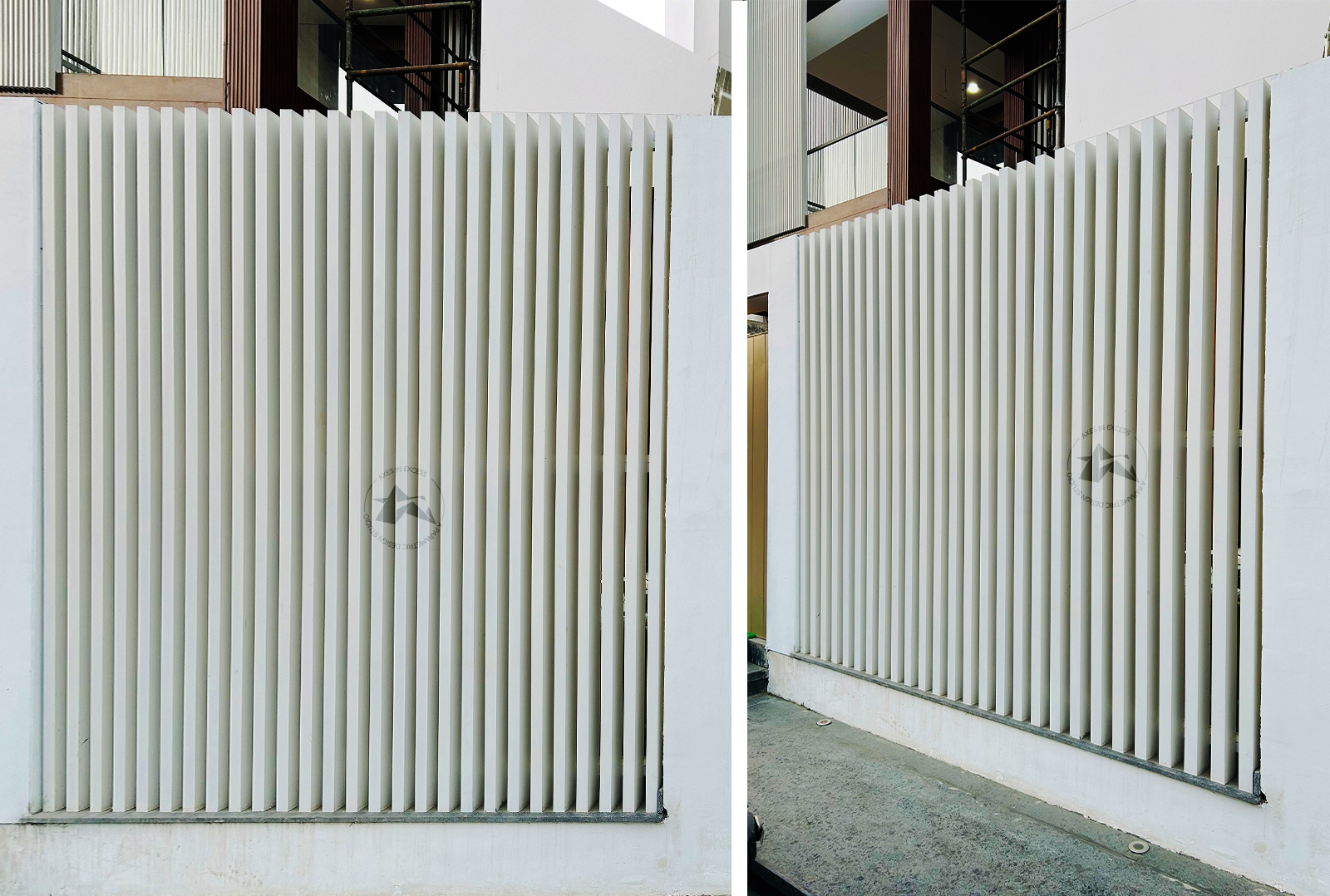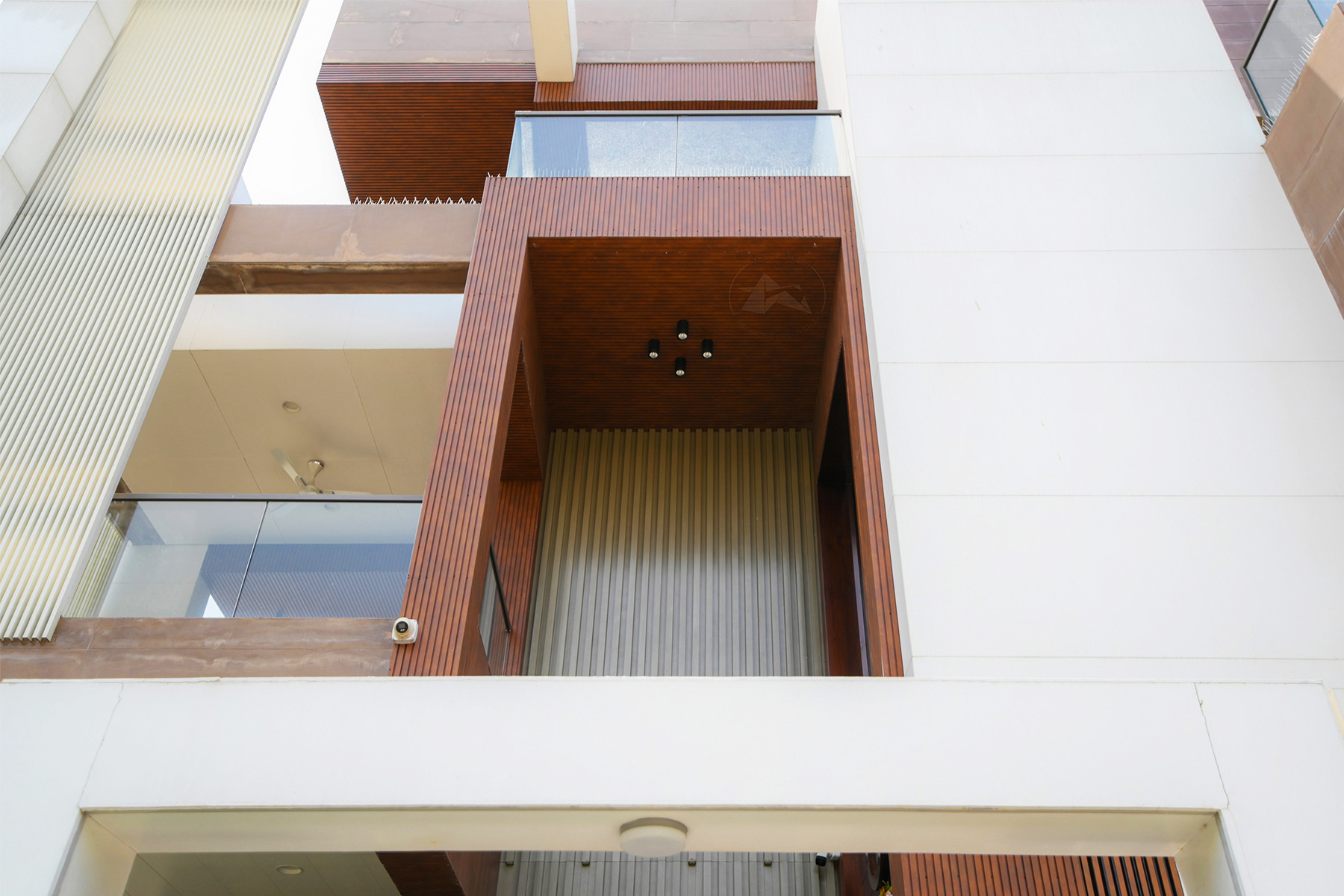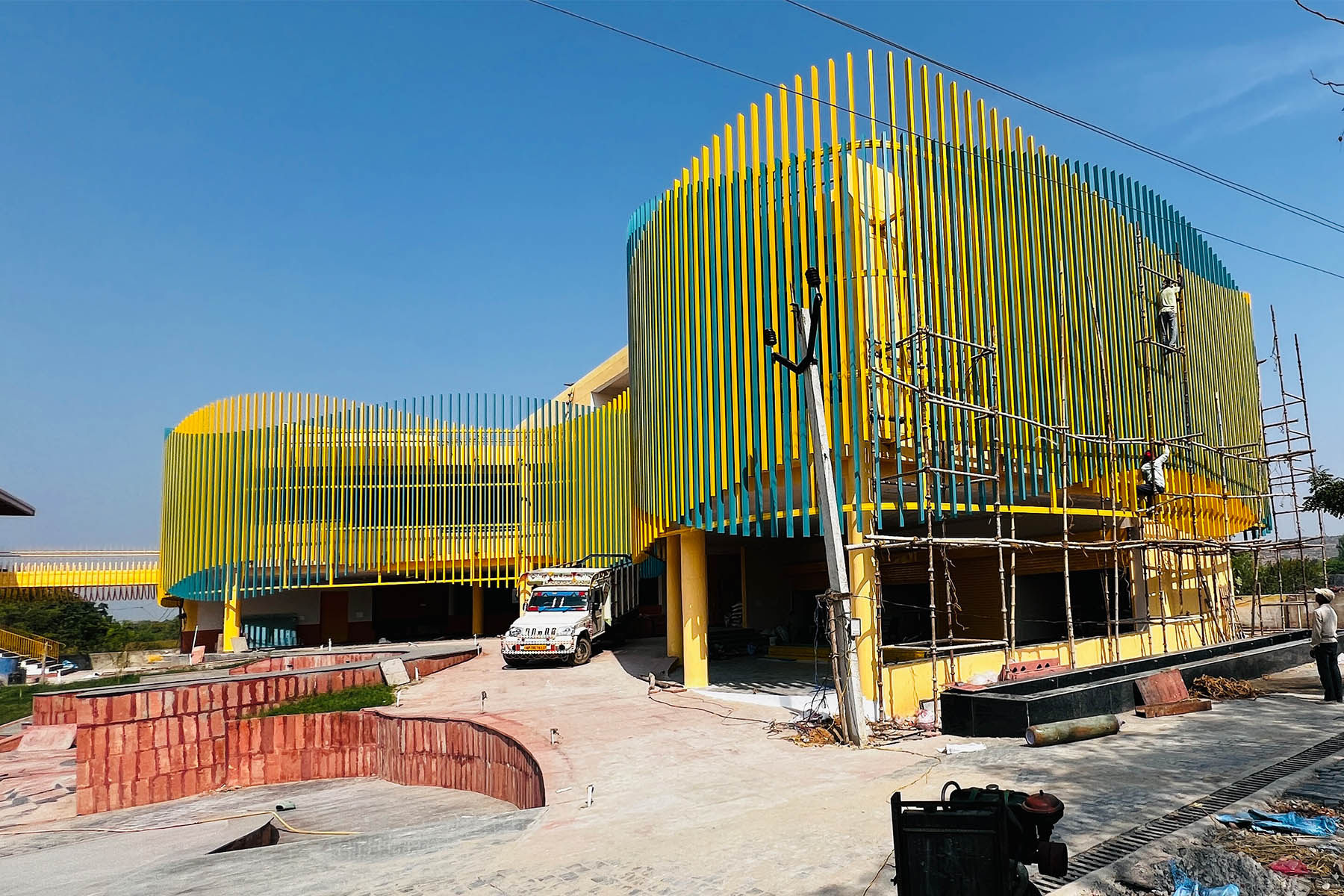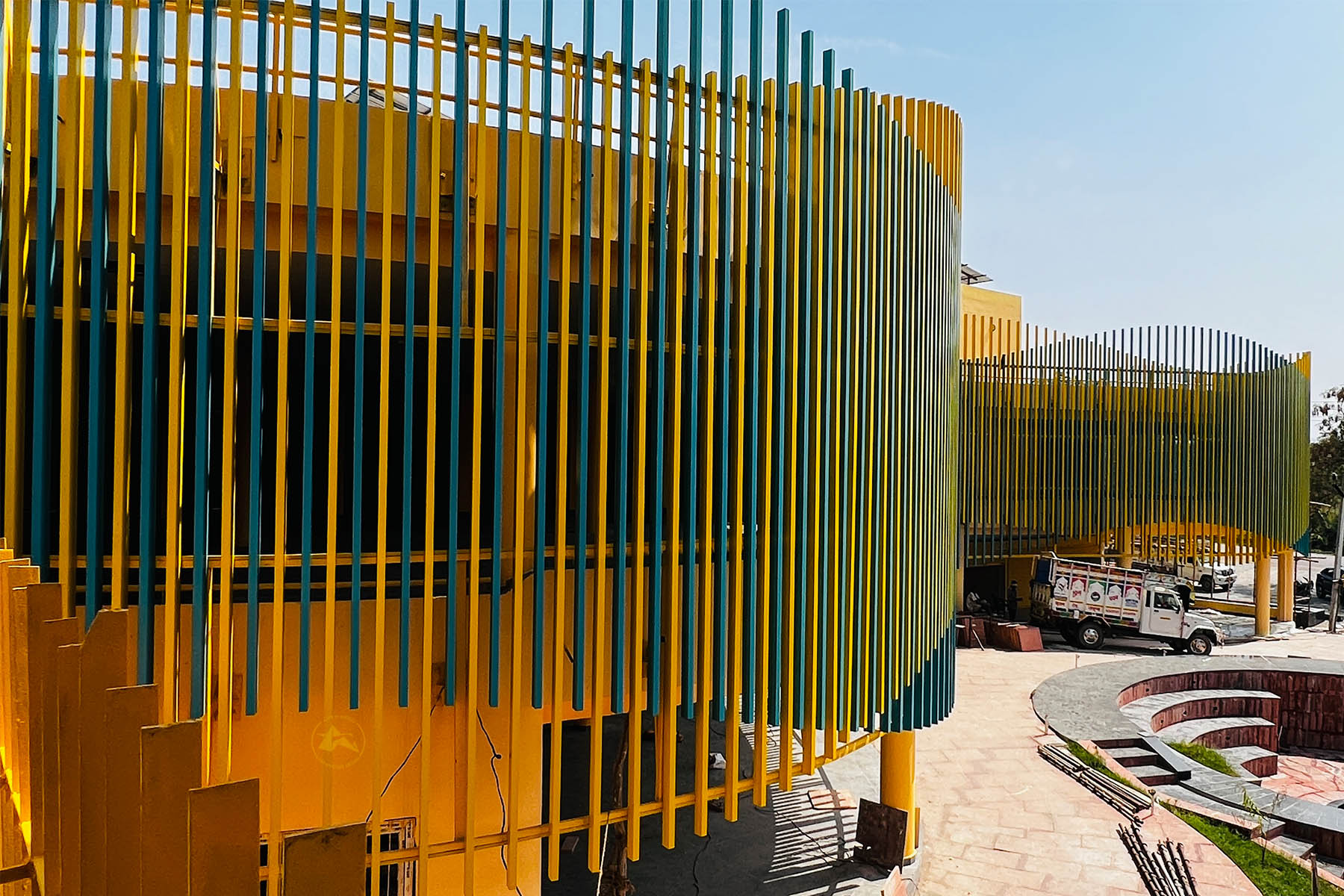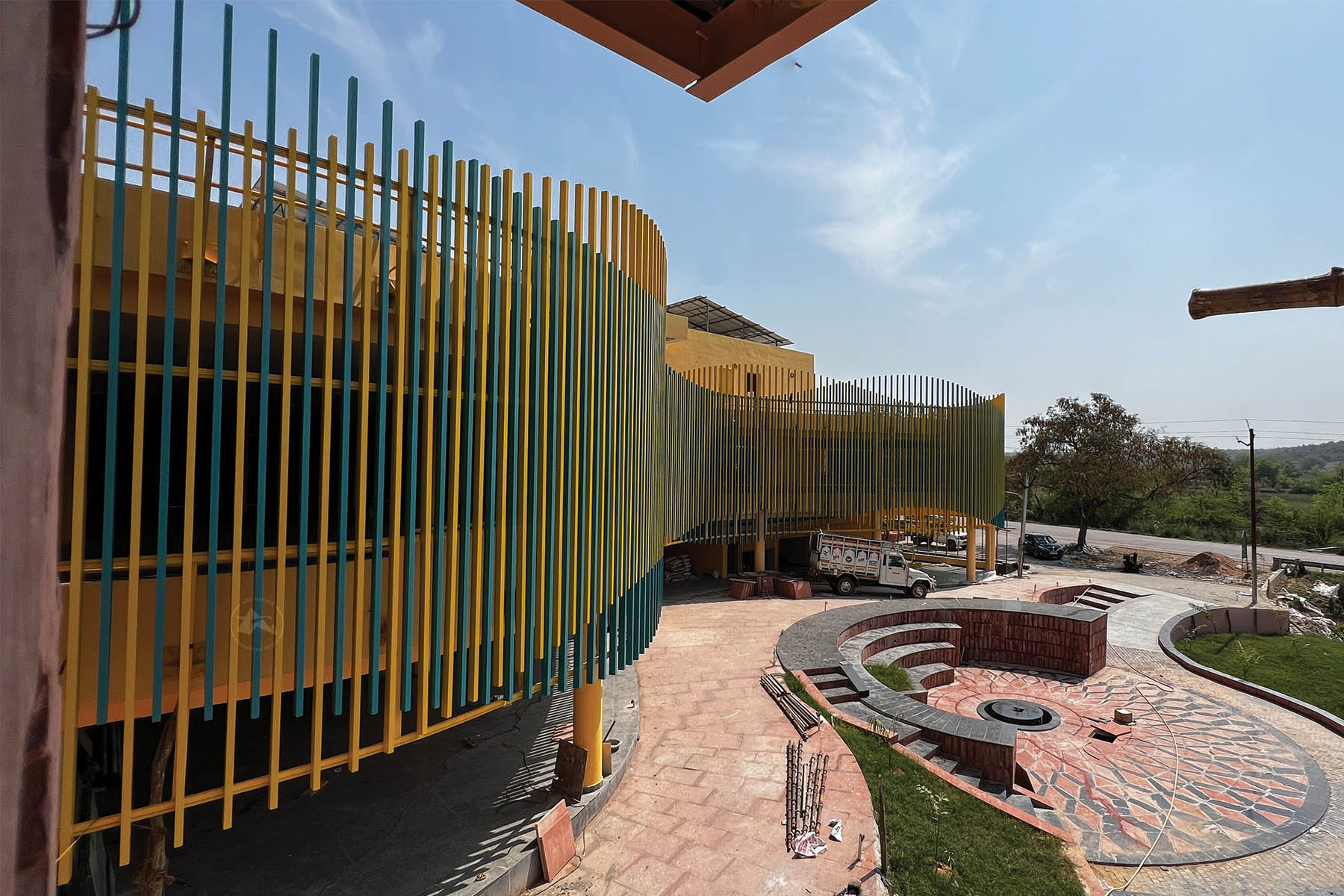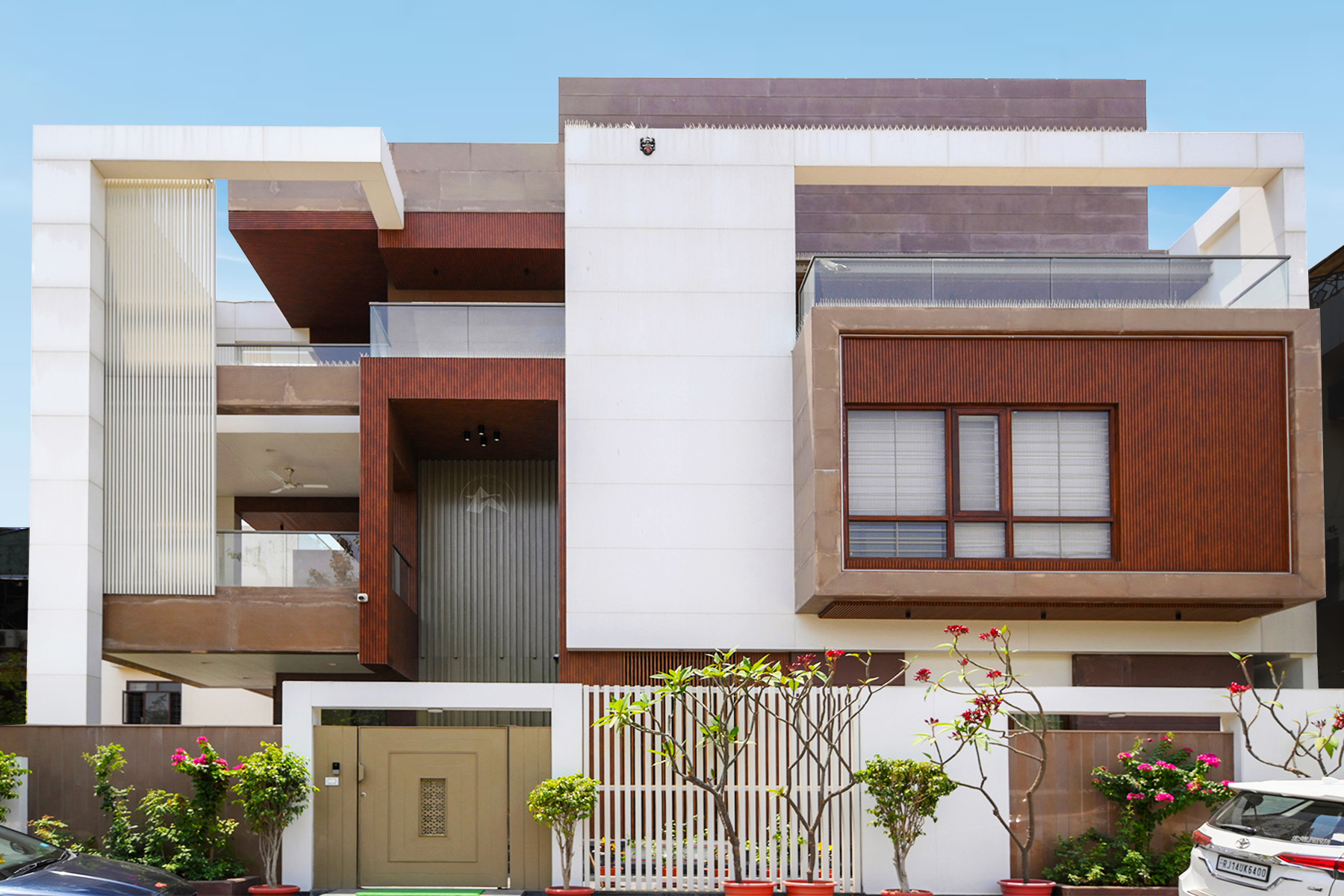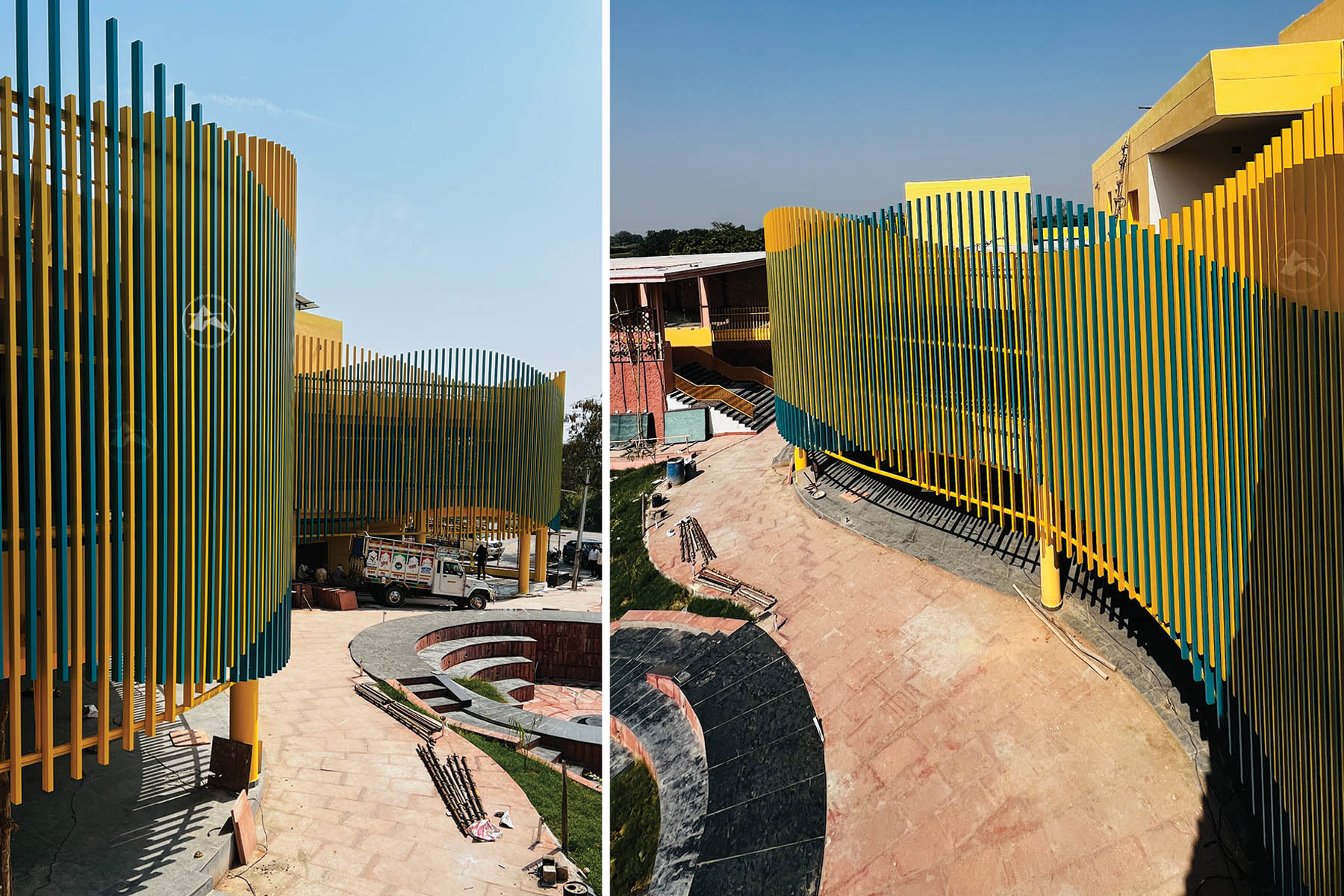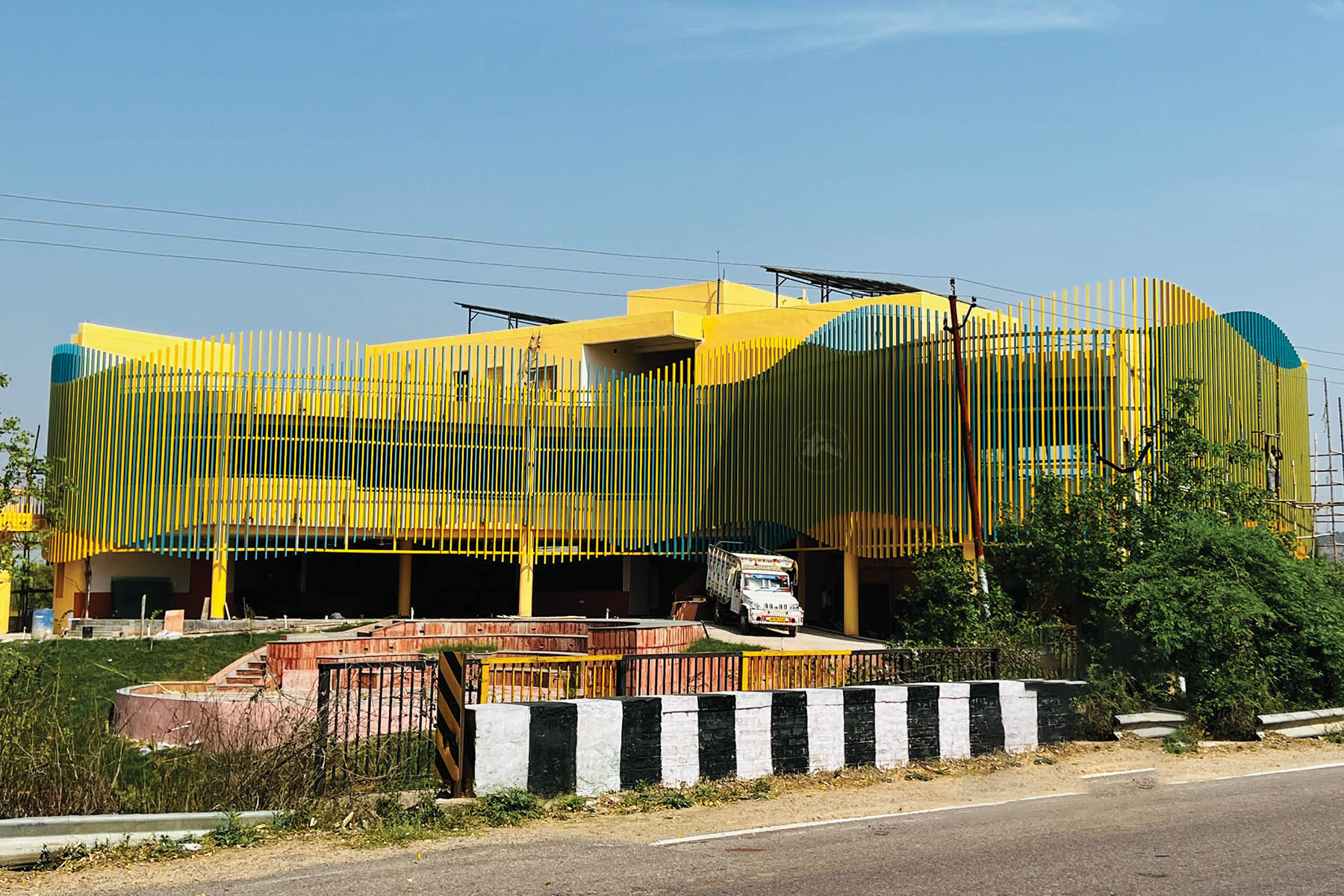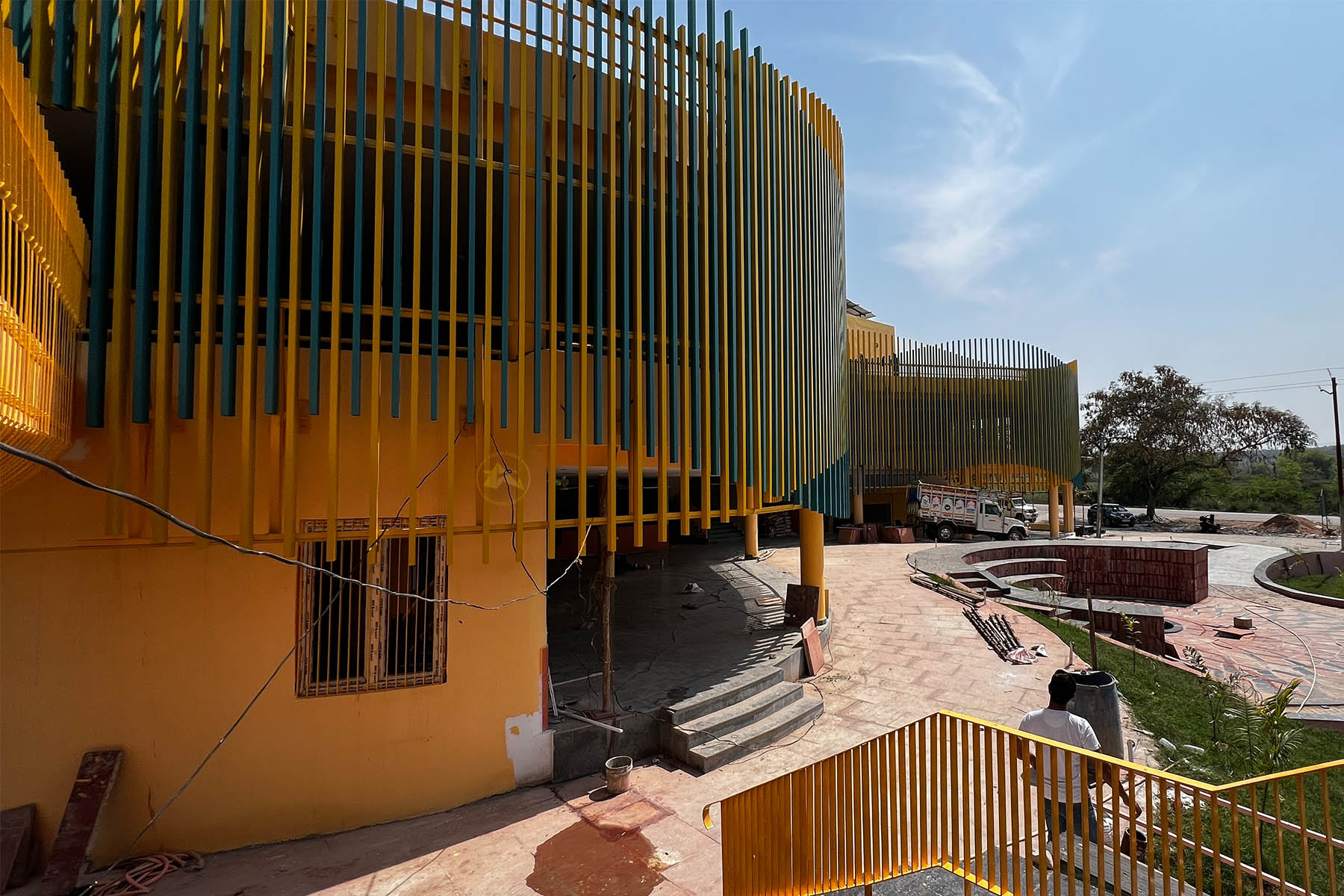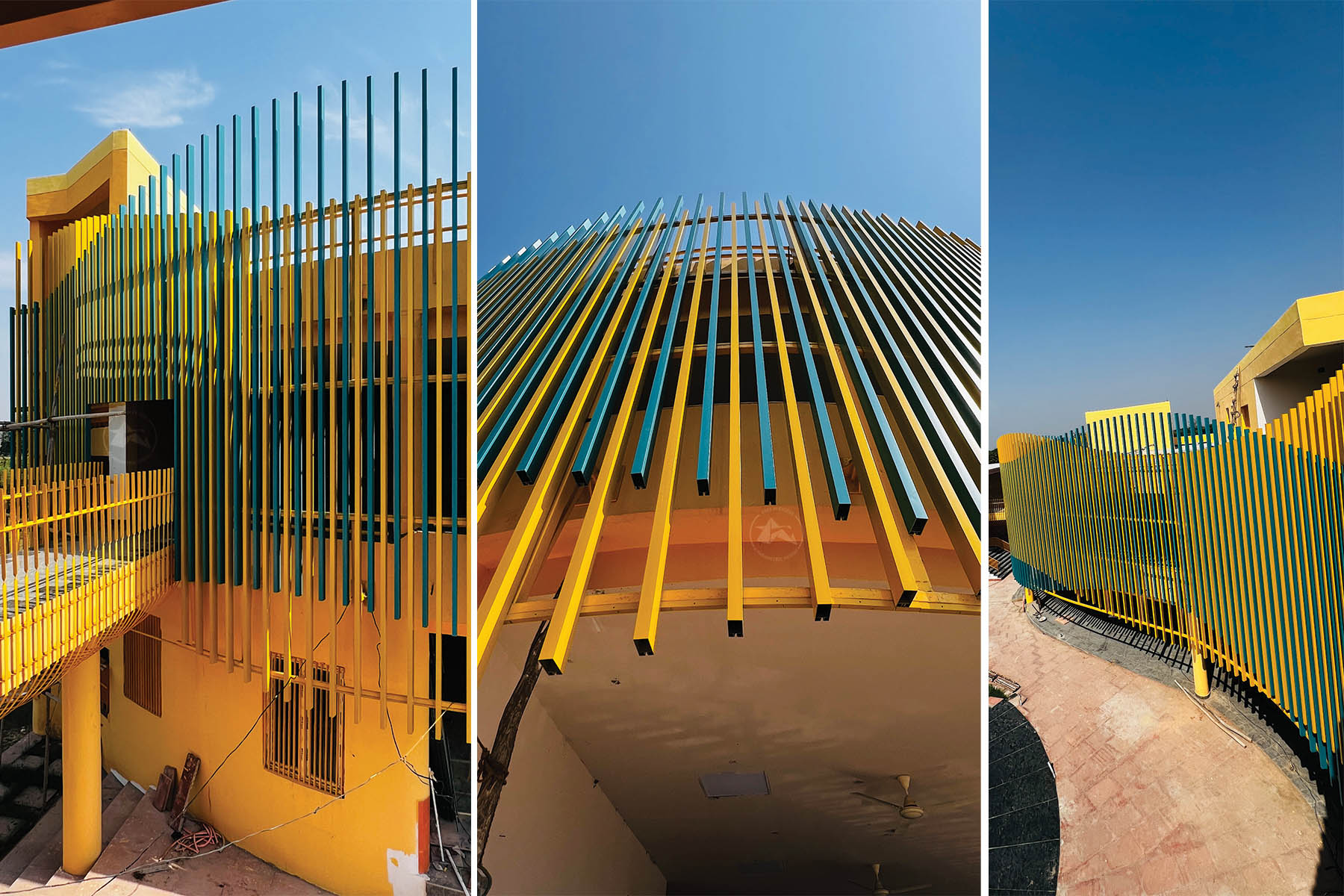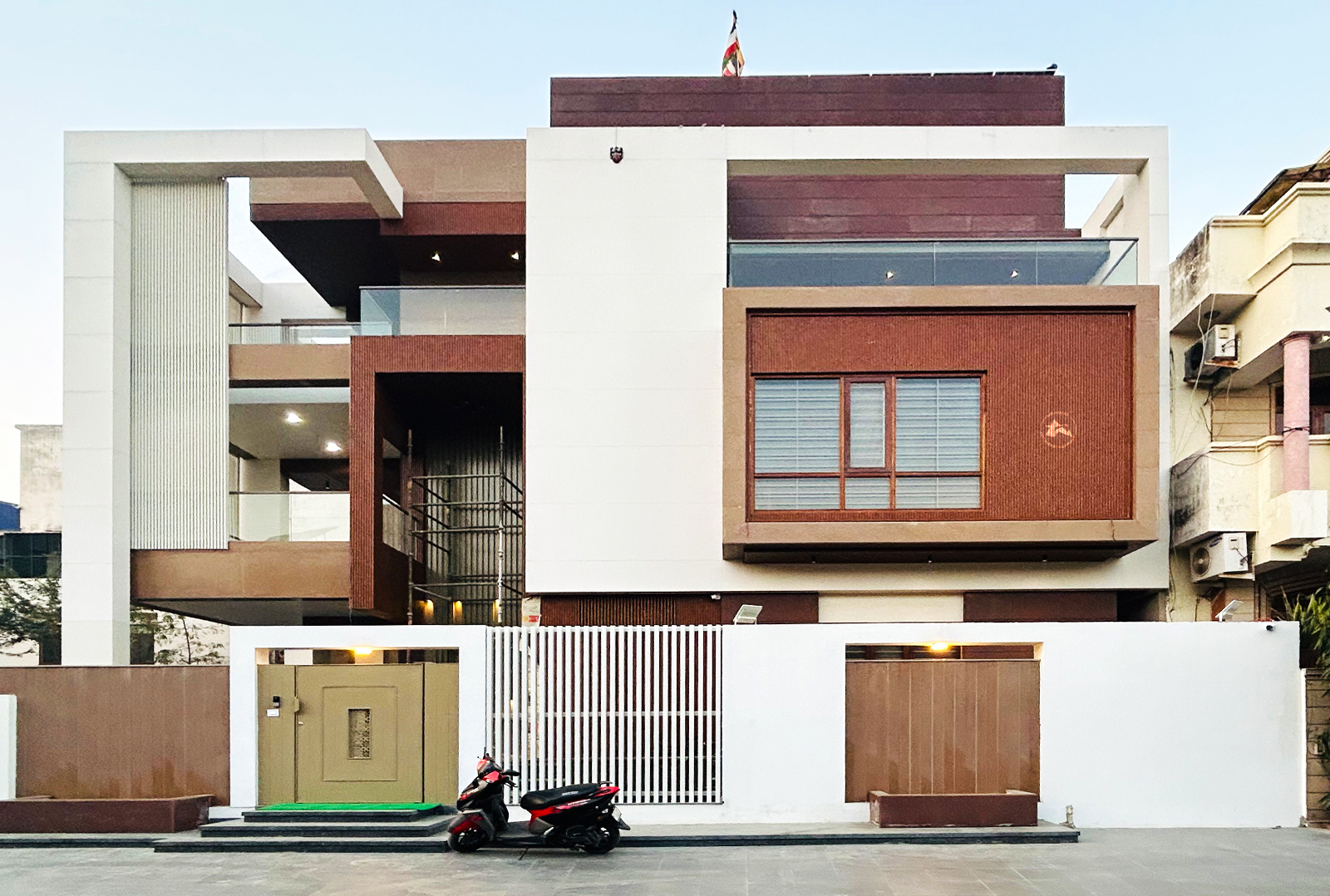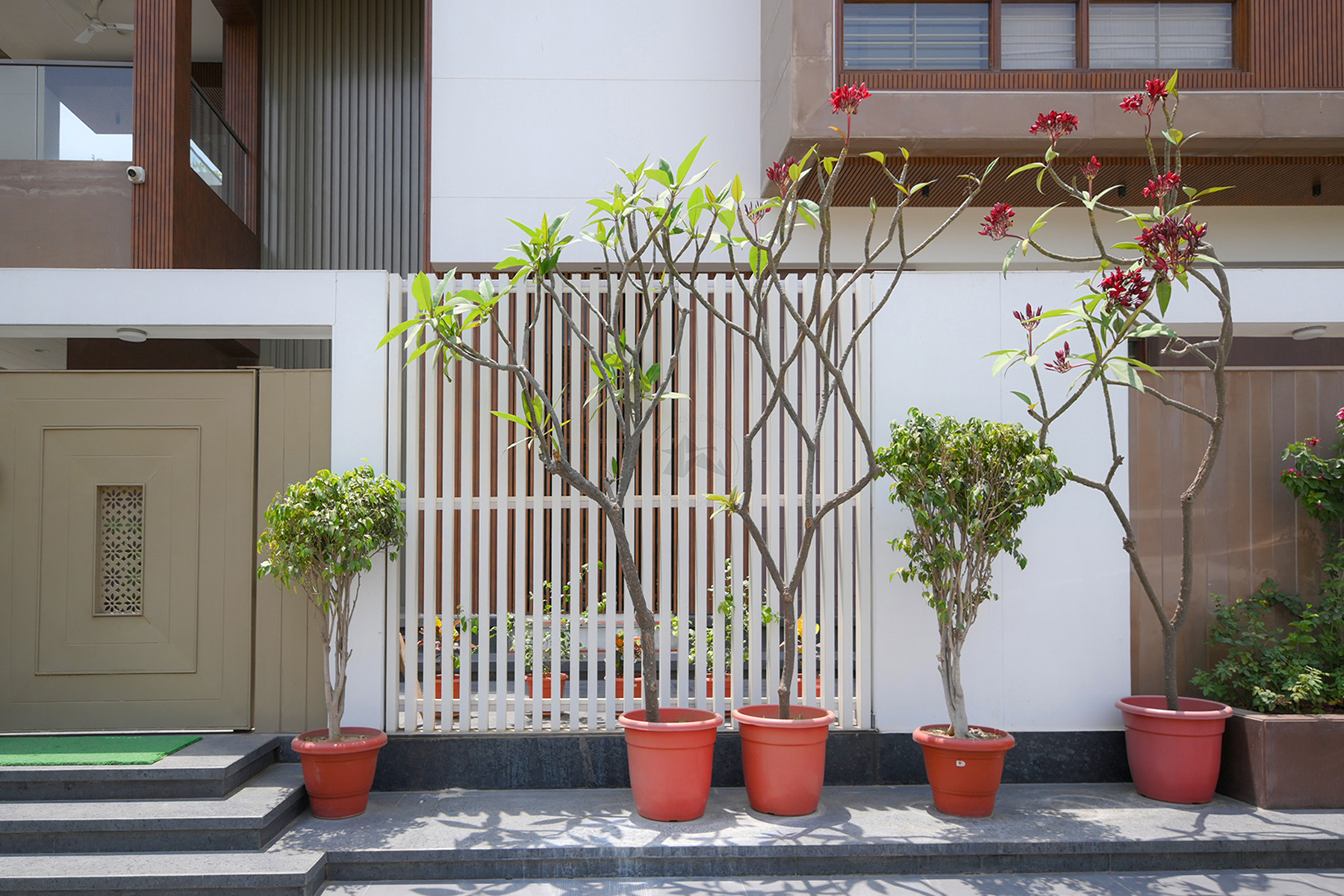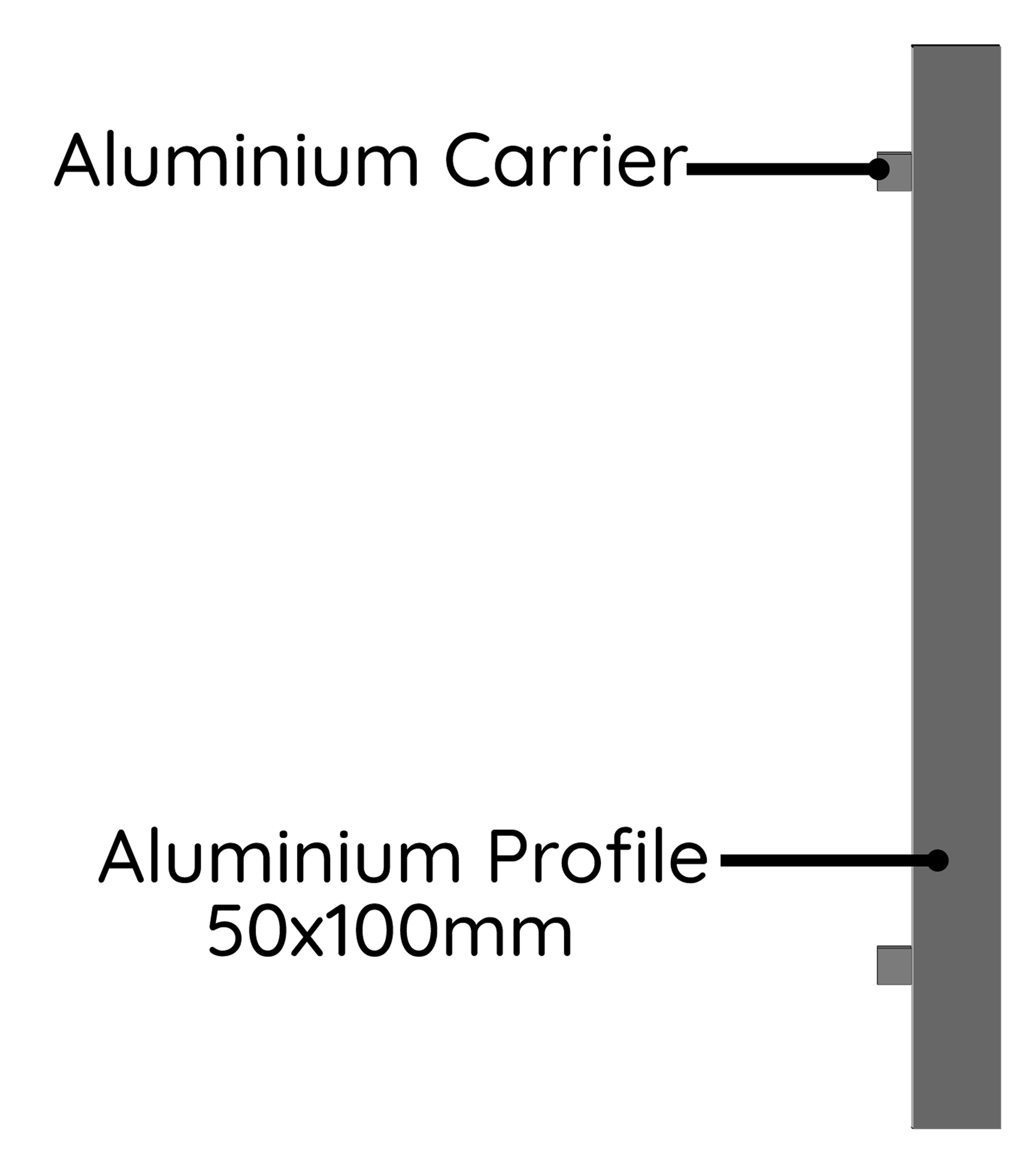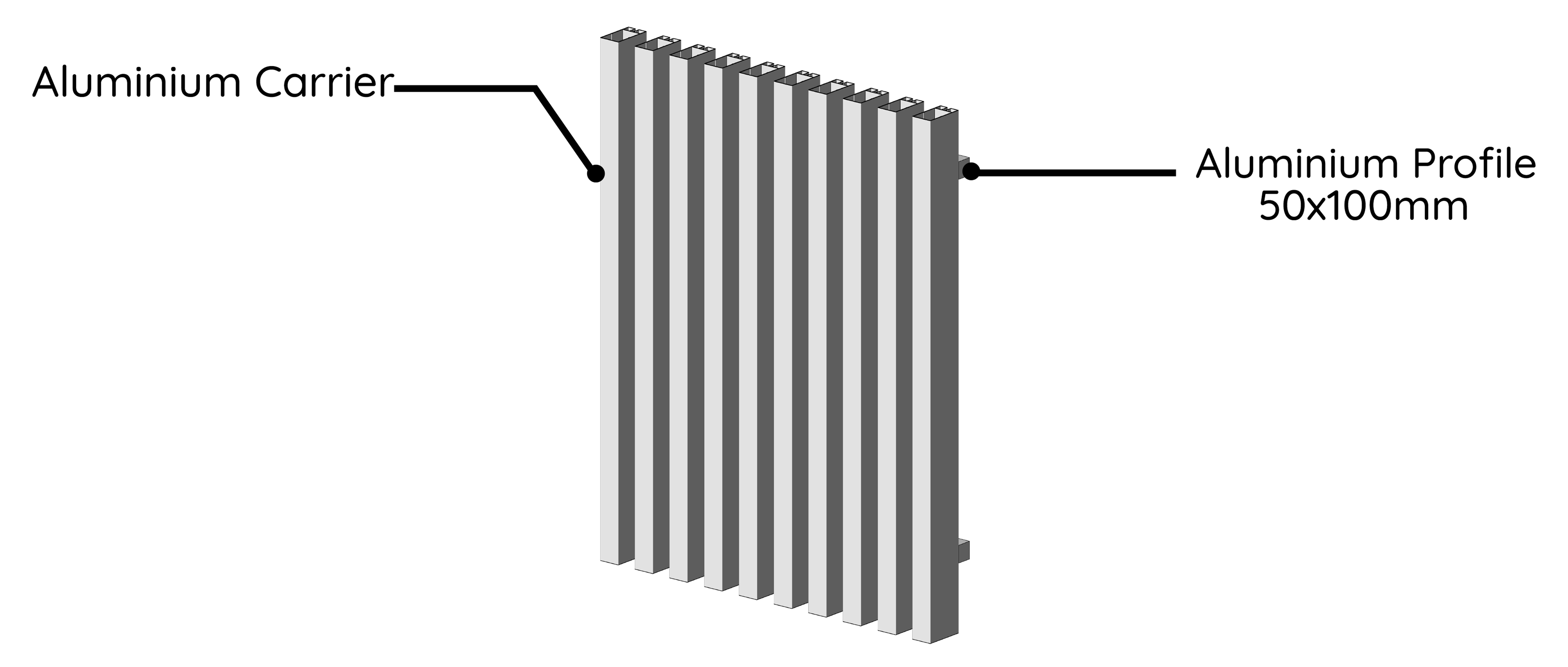Architectural Louvers - Grille 50100
The grille represents a contemporary and popular louver design, characterized by its distinctive Rectangular shape that imparts a sense of linearity to facades. This architectural element seamlessly integrates with exterior aesthetics, contributing to a visually appealing composition.
Key Features
-
Personalized Design
Customizing aluminum louvers to match specific architectural styles and design preferences is straightforward. They come in a variety of shapes, sizes, and configurations, providing numerous design options to satisfy both aesthetic and functional requirements.
-
Outstanding Airflow Management and Ventilation
Designed for effective ventilation and airflow control, aluminum louvers feature angled slats that allow air to flow through while keeping out excessive sunlight and rain, thus improving indoor air quality and energy efficiency.
-
Sustainable and Reusable
Being highly recyclable, aluminum allows louvers made from it to be recycled at the end of their use. This feature complements sustainable and green building practices, positioning aluminum louvers as a more eco-friendly choice for architecture.
-
Compact and Long-lasting
As a lightweight metal, aluminum is easy to manage and install. Its durability allows aluminum louvers to endure severe weather conditions, making them suitable for outdoor applications.
Materials & Finishes
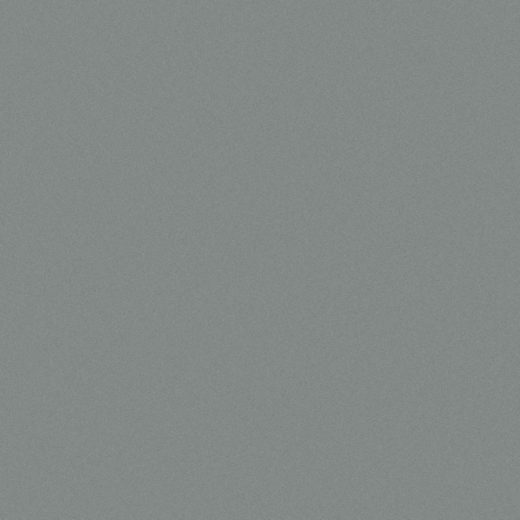
Powder Coated Aluminum - Single Color
Aluminum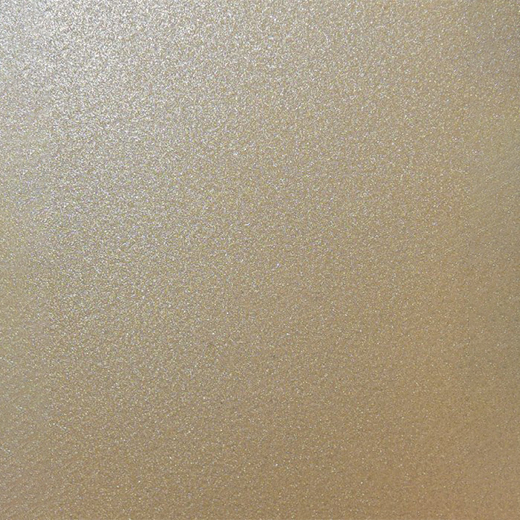
Powder Coated Aluminum - Premium Metallic Finish
Aluminum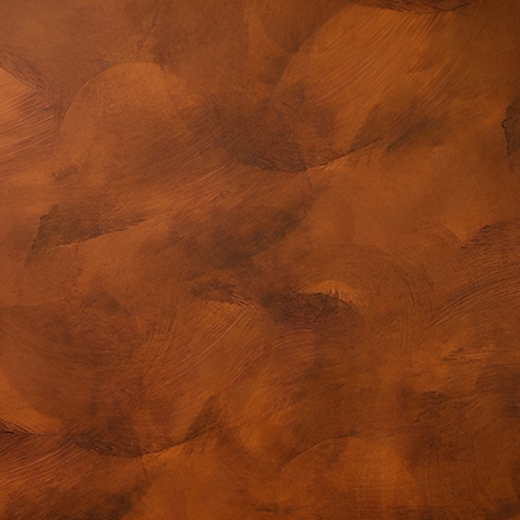
Powder Coated Aluminum - Special Shades
Aluminum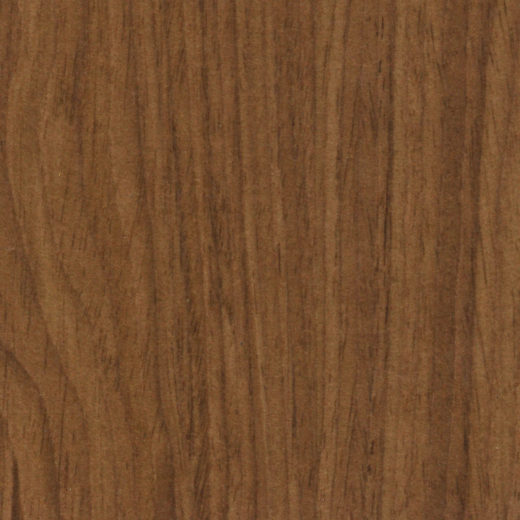
Powder Coated Aluminum - Premium Wood Textures
Aluminum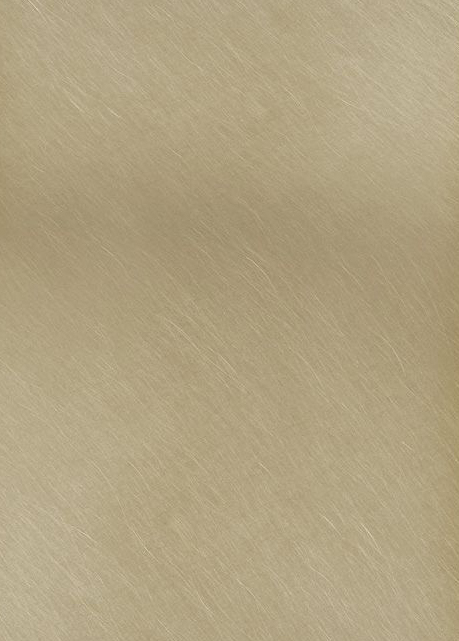
Anodized Finish - Aluminum
AluminumHow to Specify:
-
Define Project Needs
State the purpose of the louvers with clarity, whether for ventilation, sun shading, or aesthetic appeal. Furthermore, specify the precise placement of the louvers, whether on the facade, windows, or roof.
-
Select Louver Variation and Design:
Opt for the fitting louver type (e.g., stationary, adjustable, operable) in accordance with project needs. Moreover, select the louver style (e.g., slotted, perforated, blade design) that corresponds to the desired design aesthetic and functional criteria.
-
Select Surface Finish:
Select the desired finish (e.g., powder coating, anodizing, PVDF) to ensure both protection and aesthetic appeal.
-
Determine Size and Mounting Specifications:
Provide accurate measurements for the louvers, including height, width, thickness, and blade spacing. Furthermore, indicate the mounting method (e.g., surface-mounted, flush-mounted) and any specific mounting requirements.
-
Determine Blade Slope and Positioning:
Specify the louver blade angle for maximizing sun control, ventilation, or privacy. Also, determine the blade orientation (e.g., horizontal, vertical) to harmonize with the design aesthetic.

